


ORGANS OF PARIS © 2024 Vincent Hildebrandt HOME ALL ORGANS

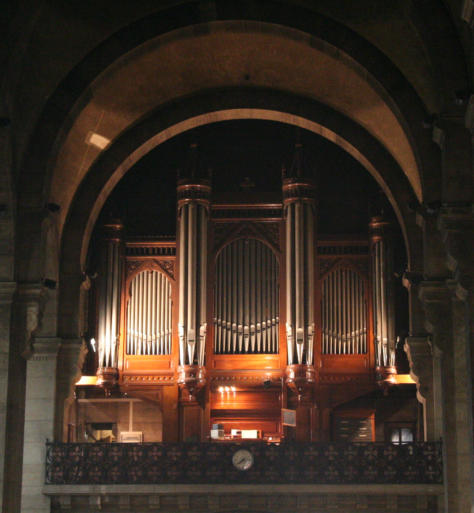


Organiste titulaire
Frédéric Blanc
Concerts
Regularly
Masses with organ
Saturday 6h30 p.m., Sunday 09h30 a.m., 11h a.m.,
6h30 p.m.
Video
Frédéric Blanc (improvisations - 2015)
Frédéric Blanc (improvisations - 2018)
Frédéric Blanc (improvisations - 2020)
Photo buffet : Jeroen de Haan
Other photos: Victor Weller
C2
A first instrument built by Cavaillé-Coll in 1877 had 45
stops, but the instrument did not remain in the church
because it was requisitioned to be installed in the
enclosure of the newly built Trocadéro Palace in 1878 .
The parish priest of Notre-Dame d’Auteuil, Pierre Lamazou
then ordered another organ from Cavaillé-Coll, who
completed it in 1885 (opus 105). It had 32 stops spread
over two 54-note keyboards and a 30-note Pedal board.
Inaugurated by Charles-Marie Widor (Saint-Sulpice) and
Henri Dallier in 1885, the two-key organ was restored in
1912 by Mutin. An expressive Positive by the organ-buider
Gloton-Debierre is added in 1937-1938, while fully
respecting the harmony of the three Cavaillé-Coll sound
planes (Grand-Orgue, Récit, Pédale). On this occasion the
number of stops increased to 53 and the organ electrifies
the transmissions (Debierre electro-pneumatic system)
and set up a new console. Gloton shifted the pedal chests
to the lateral galleries, added a 32’ Soubasse and placed
both Positif swellboxes into the space freed in the main
case by the displacement of the Pedal division. On the GO,
a Fourniture IV, Cymbale IV and a Flûte douce 4’ was
added. On the Récit, a Nasard 2 2/3 and a Fourniture IV
was added. On the pedal, also a Fourniture IV was added
and the 32-16-8 Flûtes foundations were duplicated.
For this restoration-extension, the opinion of two
renowned musicians: Louis Vierne and Albert Alain was
requested.
In 1962-63 the instrument was dusted off by Barbéris and
Picaud (Maison Debierre) and a lifting took place in 1983
under the leadership of Henri Veysseyre carried out by
Jacques Barbéris.
Finally in 2015-2018 the organ was restored by the organ
maker Denis Lacorre under the contracting authority of
the city of Paris.
Technically, the grand-organ keyboard is reconfigured as
in 1885 by the removal of the Beuchet Cymbal, the re-
establishment of the Plein-Jeu Cavaillé (resulting from 16
then 32 ’), and re-setting of the double pressures. In
Positif, the flute mutations desired by Gloton (former
worker of the Cavaillé-Coll firm) are installed.
It was decided to keep the Gloton Plein-Jeux at the Swell
due to their good workmanship, but adjustments were
made by adding conventional Plein-Jeux to the three
keyboards (resulting 8 ’on the Grand-Orgue).
An Unda Maris game is added to the GO keyboard.
The wind supply and the windchests have also been
revised.
The transmission of notes and stops is digital, while the
Gloton console has been preserved with additions of
sostenutos and pedal cut-off.
All in all, it is a magnificent instrument allowing the
performance of the symphonic and romantic repertoire,
as well as that of the 1930s: Messiaen, Fleury, Dupré,
Duruflé for example.
Source
Message of Frédéric Blanc on the recent restoration of his
organ (in French).
Video of the console-2018.
Une interview d'Olivier Latry
The Notre-Dame-d'Auteuil church was built in 1877-
1892 in a Romanesque-Byzantine style by the
architect Joseph-Émile Vaudremer.
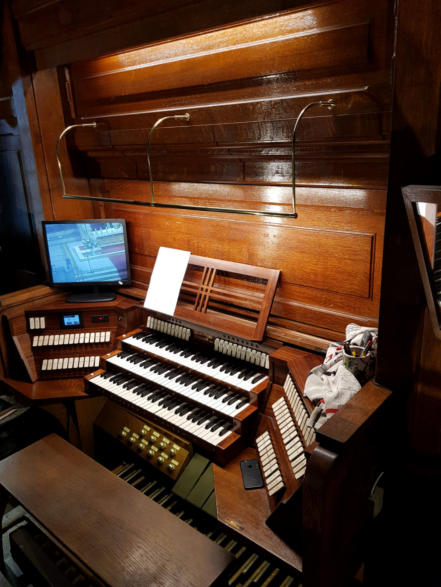
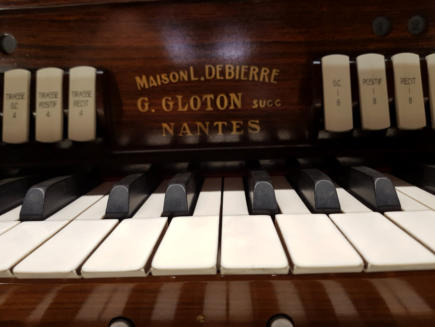
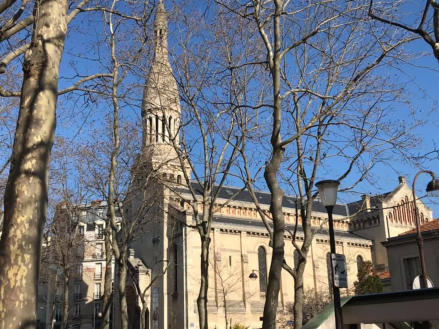
The Great-Organ is out of duty temporarily: renovation works of
the church at the beginning of 2021 required the immobilization
and sealing of the Cavaillé-Gloton organ. Frédéric Blanc plays on
the electronic organ of the Chapel of Saint Bernadette.
1885 - Cavaillé-Coll (1)
1912 - Mutin (6)
1937 - Gloton-Debierre (2)
1963 - Picaud/Barbéris (6)
1984 - Barbéris (6)
2000 - Swiderski (6)
2018 - Lacorre (5)
III/56 - traction électrique -
2 claviers de 56 notes et pédalier de 32 notes -
composition
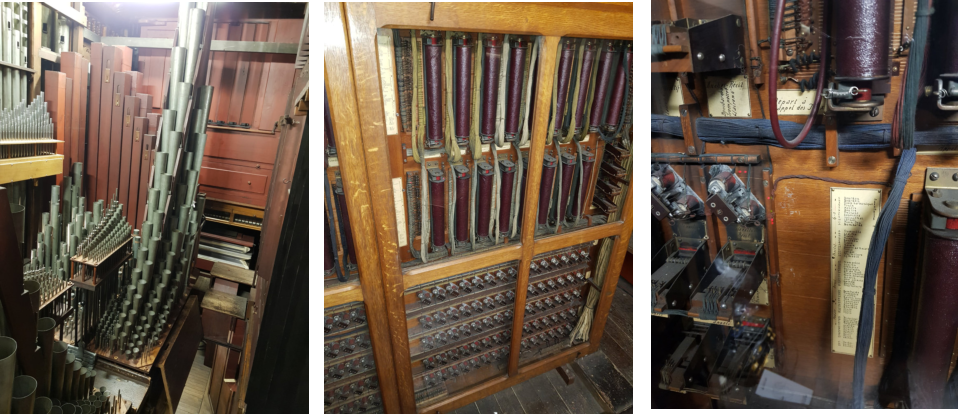
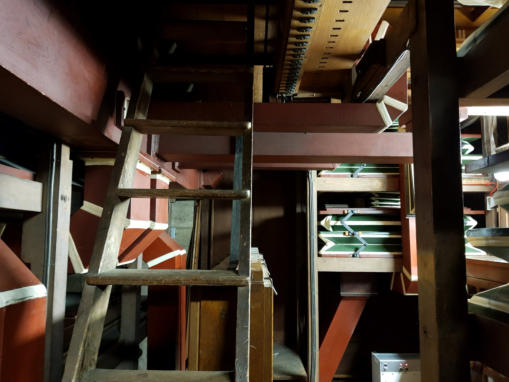
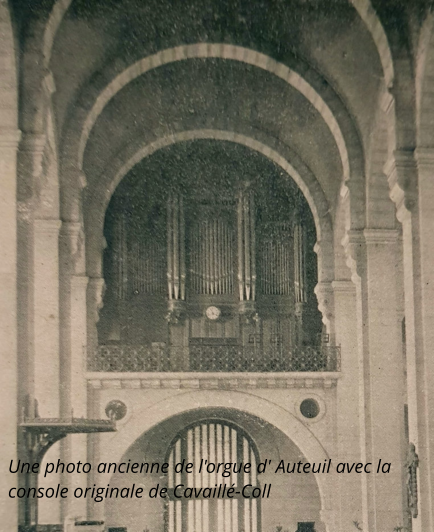
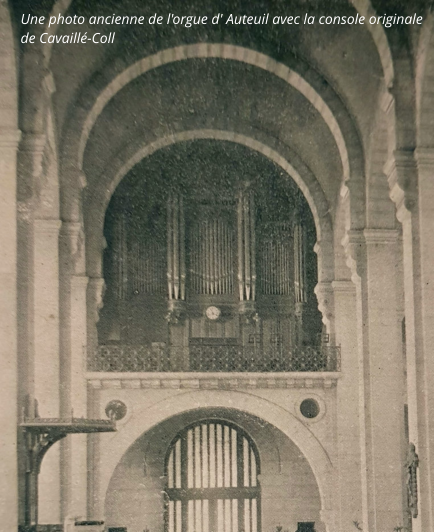
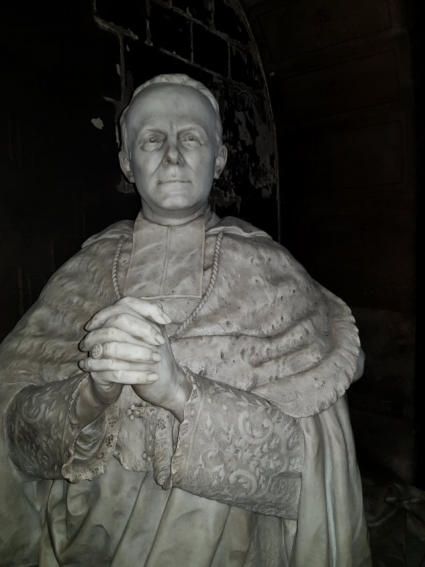
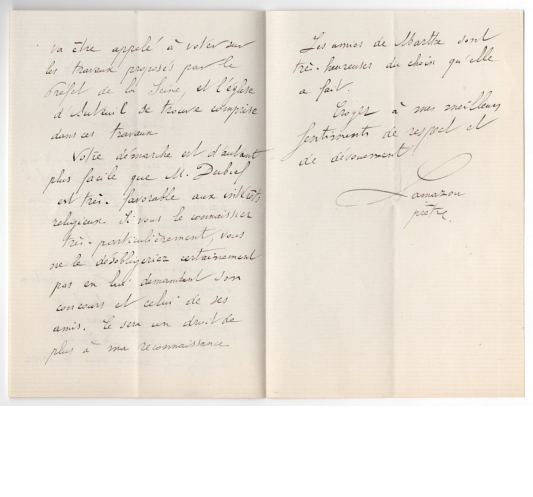
Organs of Paris
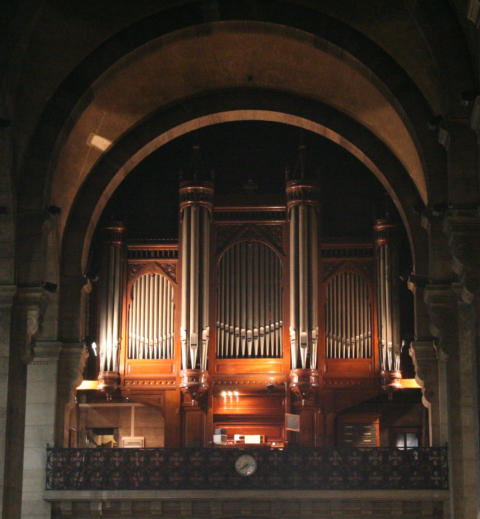
ORGANS OF PARIS © 2024 Vincent Hildebrandt ALL ORGANS
Organiste titulaire
Frédéric Blanc
Concerts
Regularly
Masses with organ
Saturday 6h30 p.m., Sunday 09h30 a.m., 11h a.m., 6h30
p.m.
Video
Frédéric Blanc (improvisations - 2015)
Frédéric Blanc (improvisations - 2018)
Frédéric Blanc (improvisations - 2020)
Photo buffet : Jeroen de Haan
Other photos: Victor Weller
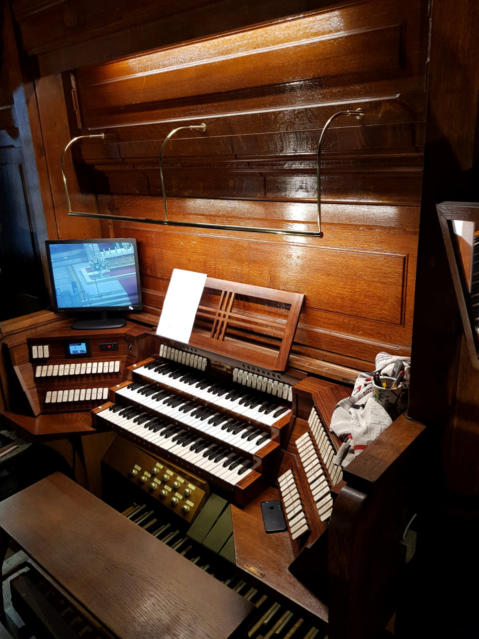
The Great-Organ is out of duty temporarily: renovation works of
the church at the beginning of 2021 required the immobilization
and sealing of the Cavaillé-Gloton organ. Frédéric Blanc plays on
the electronic organ of the Chapel of Saint Bernadette.
C2
A first instrument built by Cavaillé-Coll in 1877 had 45 stops,
but the instrument did not remain in the church because it
was requisitioned to be installed in the enclosure of the
newly built Trocadéro Palace in 1878 .
The parish priest of Notre-Dame d’Auteuil, Pierre Lamazou
then ordered another organ from Cavaillé-Coll, who
completed it in 1885 (opus 105). It had 32 stops spread over
two 54-note keyboards and a 30-note Pedal board.
Inaugurated by Charles-Marie Widor (Saint-Sulpice) and
Henri Dallier in 1885, the two-key organ was restored in 1912
by Mutin. An expressive Positive by the organ-buider Gloton-
Debierre is added in 1937-1938, while fully respecting the
harmony of the three Cavaillé-Coll sound planes (Grand-
Orgue, Récit, Pédale). On this occasion the number of stops
increased to 53 and the organ electrifies the transmissions
(Debierre electro-pneumatic system) and set up a new
console. Gloton shifted the pedal chests to the lateral
galleries, added a 32’ Soubasse and placed both Positif
swellboxes into the space freed in the main case by the
displacement of the Pedal division. On the GO, a Fourniture
IV, Cymbale IV and a Flûte douce 4’ was added. On the Récit,
a Nasard 2 2/3 and a Fourniture IV was added. On the pedal,
also a Fourniture IV was added and the 32-16-8 Flûtes
foundations were duplicated.
For this restoration-extension, the opinion of two renowned
musicians: Louis Vierne and Albert Alain was requested.
In 1962-63 the instrument was dusted off by Barbéris and
Picaud (Maison Debierre) and a lifting took place in 1983
under the leadership of Henri Veysseyre carried out by
Jacques Barbéris.
Finally in 2015-2018 the organ was restored by the organ
maker Denis Lacorre under the contracting authority of the
city of Paris.
Technically, the grand-organ keyboard is reconfigured as in
1885 by the removal of the Beuchet Cymbal, the re-
establishment of the Plein-Jeu Cavaillé (resulting from 16
then 32 ’), and re-setting of the double pressures. In Positif,
the flute mutations desired by Gloton (former worker of the
Cavaillé-Coll firm) are installed.
It was decided to keep the Gloton Plein-Jeux at the Swell due
to their good workmanship, but adjustments were made by
adding conventional Plein-Jeux to the three keyboards
(resulting 8 ’on the Grand-Orgue).
An Unda Maris game is added to the GO keyboard.
The wind supply and the windchests have also been revised.
The transmission of notes and stops is digital, while the
Gloton console has been preserved with additions of
sostenutos and pedal cut-off.
All in all, it is a magnificent instrument allowing the
performance of the symphonic and romantic repertoire, as
well as that of the 1930s: Messiaen, Fleury, Dupré, Duruflé
for example.
Source
Message of Frédéric Blanc on the recent restoration of his organ
(in French).
Video of the console-2018.
Une interview d'Olivier Latry
1885 - Cavaillé-Coll (1)
1912 - Mutin (6)
1937 - Gloton-Debierre (2)
1963 - Picaud/Barbéris (6)
1984 - Barbéris (6)
2000 - Swiderski (6)
2018 - Lacorre (5)





















